Myths about artist and art
June 30, 2023
This month, we are taking a look at 10 myths about artist and art. While there are obviously more than just 10 myths out there, I know you guys didn't come here to read a book.

1. You will be a Starving Artist.
We are starting off with one of the most common myths. I think all artists have heard this one at some point. The problem though, is that this blanket statement isn’t true across the board. You see artists and creatives tend to be behind a whole lot more than people realize.
For example, the images on these product packages...they were designed by Kendyll Hillegos, who is an amazing artist and illustrator.
There are many artists, like Kendyll, who have found a way to build a profitable income while being a full-time artist by doing commissions, selling their art, teaching art classes, making art tutorials, or making art videos, etc. There are also other creative career choices such as graphic design, illustration, art director, and more.
“Believing in the myth of the starving artist is also a self-fulfilling prophecy. When aspiring artists have this distorted belief, they accept little or no money for their work, the rest of society gets creative work done too cheaply, and as a consequence other artists have a harder time charging appropriately.” (Chase Jarvis)
Can it be challenging to have a stable income from your art alone? Yes, but that doesn’t mean it can’t be done. It requires work and dedication. During any artist’s pursuit to become a full-time artist with a sustainable income from their art, they may hold other jobs until they attain their goal. For example, I am currently not a full-time artist. My primary source of income comes from my interior design business. My goal is to eventually have my art business be my primary source of income and my design business be secondary. I am not there yet, and that's ok.
2. Art is all about Talent. You either have it, or you don't.
Boy oh boy, this couldn’t be further from the truth. While art may come more naturally to some, art is a learned skill. Anyone can learn how to make art. “Talented” artists have poured countless time and energy into honing their craft, which is why it may come off as pure talent to others. Professor Owen Caterwall says it well:
“Art is work. And it is perfectable work. To anyone who thinks the practice of art is all based on natural ability I would say two things: first, take a look at art history and look at the development of any artist over time; nobody is great right out of the box. Often they do not even show a glimmer of ability. And two, think how much time and practice you have devoted to reading in your life. Imagine if you had given an equivalent commitment to drawing. How far would your "talent" be advanced?”
I have put a lot of time and effort into improving my art. You can see the progression in these two color pencil pieces. One is from I think when I was in 4th grade, and the other one is from a couple years ago. Art is work. It is something you can improve upon if you are willing to dedicate the time and energy to do so.
3. You have to be good at human anatomy to be considered a good artist.
This is one that definitely influenced my art journey over the years. Starting out as a kid, I primarily focused on drawing animals - that was what brought me the most joy when creating. As I got older, I started to shift to drawing people instead of animals, because, you know, that’s what a good artist draws. Or so I thought.
In reality, you don’t need to be good at drawing human anatomy or people to be good at art. If you want to solely paint landscapes, getting good to the point of painting hyper realistic people will not necessarily make you an expert on painting landscapes. Will you hone your skills and your painting techniques? Yes! Will you gain an understanding of color theory and color mixing? Possibly. But, you could also hone those skills and techniques while solely focusing on landscapes.
Progression of Improvement Drawing People
Did I get better at drawing people when I started focusing on drawing them? Yeah, I did. But, I also sacrificed improving at drawing animals, the subject matter that brought me the most joy. Once I decided to return to animals as my focus, I had to re-familiarize myself with how I draw them or paint them.
The important thing is to focus on what brings you the most joy when you create and to focus on what you yourself want to get better at. Don’t let other people influence you to the point that you think you have to do “x” in order to be considered a good artist.
4. You have to study art academically in order to succeed.
While studying art in school may help you develop a technique and will certainly teach you art history, studying art academically isn’t a prerequisite for being a successful or amazing artist. Just look at Van Gogh or Jean-Michel Basquiat.
With how expensive higher education can be, artists are evaluating the benefits of an art education to the cost of student debt because having or not having an MFA, BFA or any level of higher education isn't necessarily a major problem in the art world. If you want to study art academically, go for it! If you don’t want to spend the money to study art academically, that’s ok too because you don’t have to if you don’t want to.
I would consider myself 90% self taught and 10% academically taught.

In high school, I had the choice of taking choir, art or band. I chose art because 1.) that was something I was already doing in my life and 2.) I simply wasn't interested in the other two options. I loved my high school art teacher, Farrand. He was fun, quirky, and encouraged me to push myself to improve. His class wasn’t necessarily a “how to draw” or “how to paint” class, but more of a “here’s the art supply you are to use for this project, now create.” Farrand is one teacher that I have maintained connection with since graduating. Zach and I have been to a couple of his art shows, been to his studio, and we own a couple of his paintings. I can't deny the fact that he has played a role in my art journey.

In college, because I was majoring in Interior Design, I had to take Drawing 101. This class gave a few fundamentals, such as how to draw in perspective or how to do contour line drawings. Again, Henrik was another amazing teacher that I absolutely loved. He was enthusiastic and seemed to always be full of joy and wonder. He was another person who encouraged me to improve and continue to push myself. He took note of what the students in his class already knew how to do and would give tips that were more catered to to where they were at skill wise. For example, with me, he often encouraged me to explore other art mediums as graphite pencil was something that I was already really familiar with. As far as the more intense art classes that really dig deep into specific art mediums and honing skills, those weren’t part of my program. Most of the things I have learned as I have gotten older have been by my own experimentation with art materials or watching tutorials online.
So, do you have to study academically to be a good artist? No. Can you? Yes.
5. You have to suffer to make good art.
I feel like this one has come about because the old masters suffered at times. This idea that all talented artists are full of suffering and dark emotions and must dwell on their pain in order to create something interesting is a little absurd in my opinion.
As Wesley in the Princess Bride says, “Life is pain.” Of course we all experience suffering at some point, whether physical, mental, emotional, or spiritual. It is unavoidable.
While there are definitely artists who have experienced suffering of some kind, and have in turn created masterpieces amidst or because of that suffering, you don’t have to bring suffering upon yourself to make good art. Art can come from those experiences, but it can also come from a place of peace and happiness.
Of course, suffering can lead us to find creativity in the ashes, but we can also achieve it through internal satisfaction, joy, and inner abundance. - Mónica Esgueva
6. You should specialize in one art medium or subject.
This one possibly comes from a mindset of having “consistent” work for people to have a better understanding of what you make as an artist. But this myth can sometimes make style hoppers like myself feel as if we need to have a disclaimer like “Hey! Just to let you know, I’m a style hopper. So, if you only like this one thing from me and expect to see more of that consistently, you’re going to be a little disappointed.”
I do pet portraits in watercolors, but sometimes I do them in color pencil or paint them digitally. Sometimes I paint landscapes. Sometimes I make fan art and paint Winnie the Pooh in my sketchbook just for fun. Sometimes, I start an art piece traditionally and finish it digitally.
Work in the art mediums you want to work in and create what you want to create. If that means focusing on one subject/theme, style, or art medium, that is a-ok. But, if you are like me, and you love to try new art mediums or have a more diverse subject, theme or style, just know that it doesn’t make you any less of an artist.
7. You have to be in a Gallery to be considered an artist.
It takes much more than putting your art in a gallery to be a successful artist. You actually have to sell what's on the walls to make any headway in the art world.
If having your art in a gallery is how you want to measure yourself as an artist, be my guest. But, not every artist’s goal is to be in a gallery some day. There are many masters whose art was not recognized until after they had passed. Now they are considered some of the greatest artists ever. Art is subjective, and sometimes, your art isn’t going to fit what the Gallery has in mind. Having your art in a Gallery doesn’t make you an artist. You were already an artist before your art ever made it into the Gallery to begin with.
8. Only fine art is real art.
Fine art, also referred to as “high art,” has long been held up as the highest standard of artistic expression. Fine artists make work that is purely created to be aesthetically pleasing. The aesthetic purpose distinguishes the fine arts from the “low arts” which are traditionally designed for more practical purposes.
Somehow along the way though, we've neglected to recognize the beauty and skill of the "low arts". For example, a hand-made box with carved decorations would be considered a form of "low art" because of its utility. However, the decoration could be aesthetically contemplated, and the skill should be recognized.
People who feel strongly that high art is good and low art is bad will think of low art as something to be avoided. "Low art" is still art.
9. Digital art isn’t REAL art.
For some reason, there seems to be this idea that digital art is somehow cheating. And I get how this misconception could be believed. You see, there are forms of digital art that traditional artists, or viewers who appreciate traditional art, might struggle to see as “real” art. For example, AI created art, which is a huge controversy in the art world right now (another topic for another day). Or there are art listings that I have come across that are marketed as a traditional art piece, but it is evident that the pieces were created using a Photoshop filter on a photo.
That is not the type of digital art I am talking about. I am talking about drawing or painting digitally. This still takes skill to do. I am primarily a traditional artist, and while I do sometimes create digital art, I still have a lot to learn in order to grow my digital art skills and techniques. Digital art isn’t “easy”. Digitally, I do have the added benefit of working in layers instead of multiple pages of tracing paper to adjust sketches. I also have the benefit of being able to undo up to a certain point instead of having to erase or completely start over. But, those added benefits do not magically cause digital art to not be real art.
10. Abstract Art is Easy
Sometimes, this one makes me laugh a little, and you know, I’ll be honest with you, there are some pieces out there that definitely look like they would be easy.
To say all abstract art is easy would be a lie.
Oftentimes, there is a lot of thought that goes into the composition and colors used. Anyone can drop colors of paint onto a canvas, but a skilled artist knows how to turn it into something that is pleasing to the eye or into something that will spark contemplation.

I tried painting an abstract painting last year when I was inspired by this painting, Everything that has Breath, by my friend, Kristin Whitney. When I tell you that it was a train wreck, I am not kidding. It was so bad that I think I glued a loose piece of paper that I had done another painting or drawing of overtop in order to cover the hideousness of it. It was a failure in terms of making an aesthetically pleasing abstract painting. However, I cannot count it a complete failure as there was something to learn from the process of making it....abstract art isn't easy.
Kristin’s paintings look like they flow from her effortlessly. My small little sketchbook session was painstaking and the end result was horrendous. I lack the skill that she has for abstract art in that manner. Her paintings are stunning and full of life. Her use of color leaves me in awe. She makes her paintings look easy because of the years of experience and knowledge that has gained from honing her craft. Don’t let her paintings fool you into thinking that they are something that anyone can easily create.
I highly recommend checking out Kristin's work. Her pieces are stunning!
Website: kristinwhitney.com
Instagram: @kristinwhitney_art
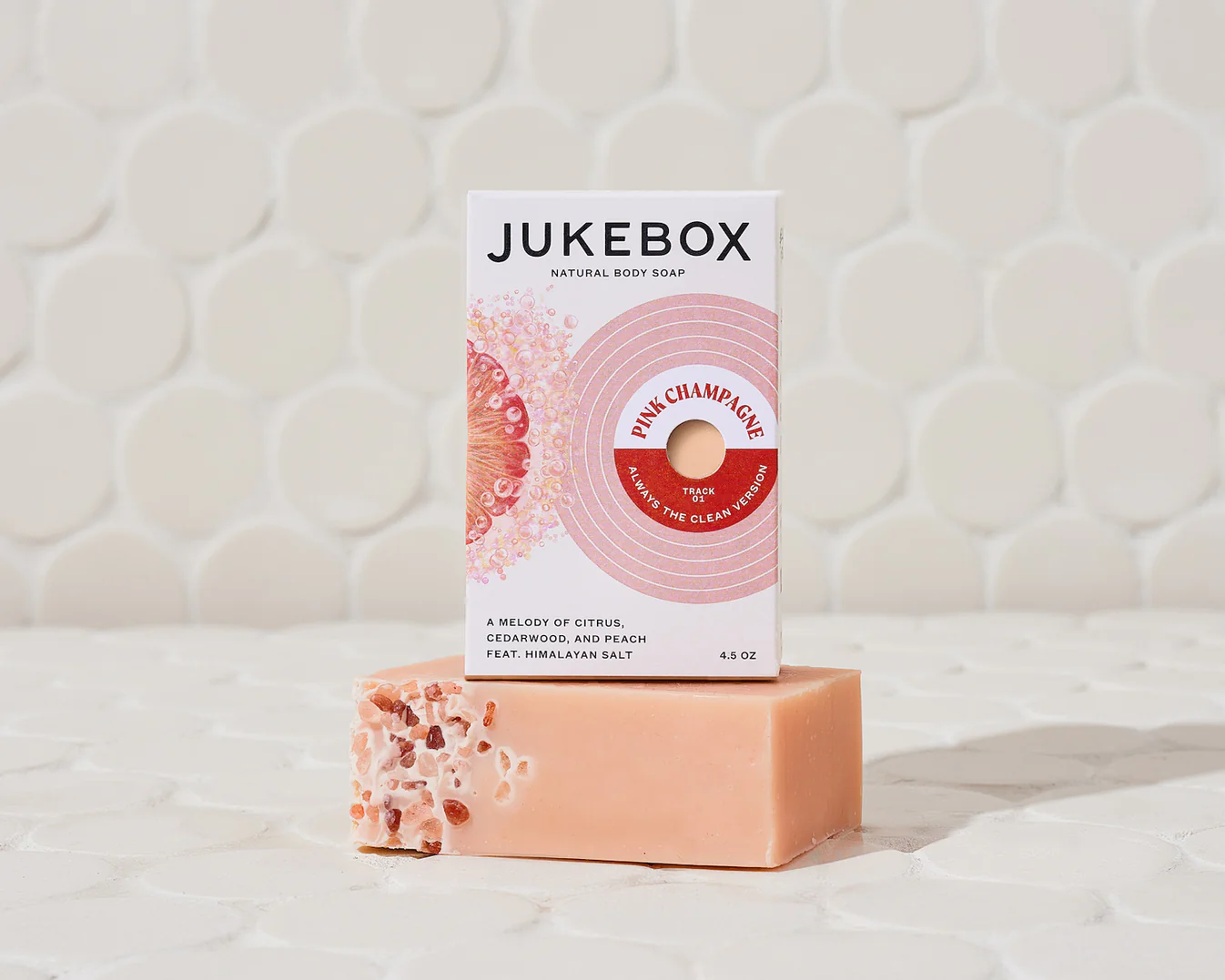

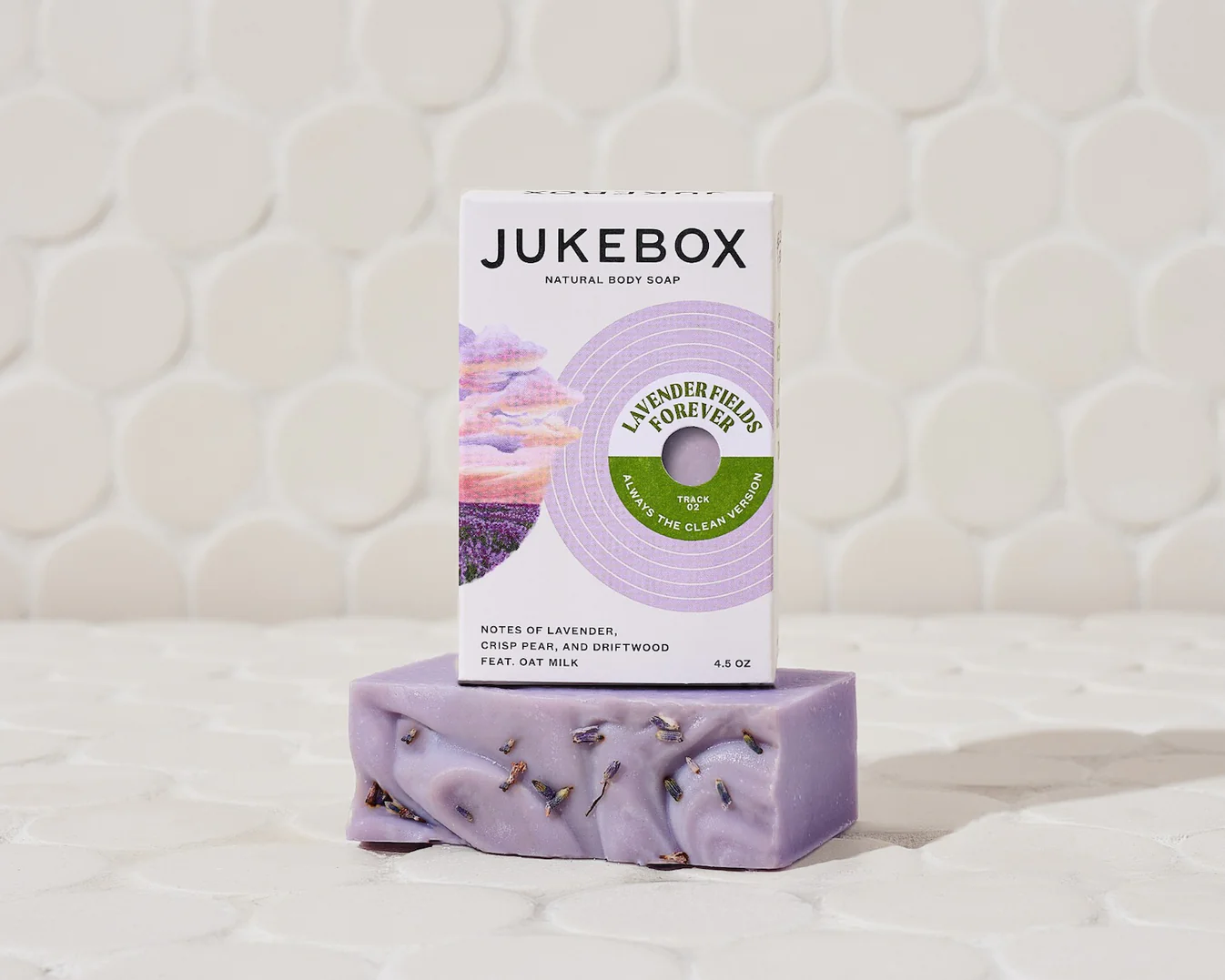








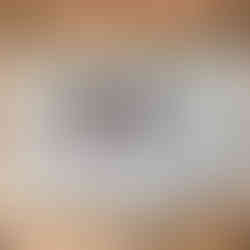



















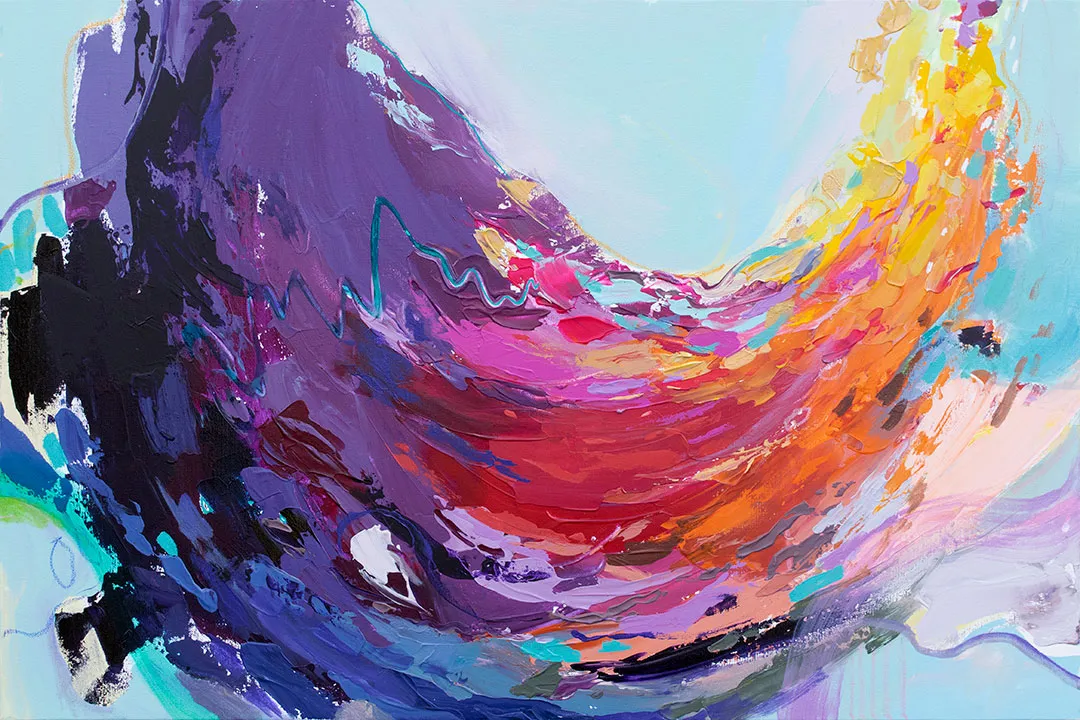
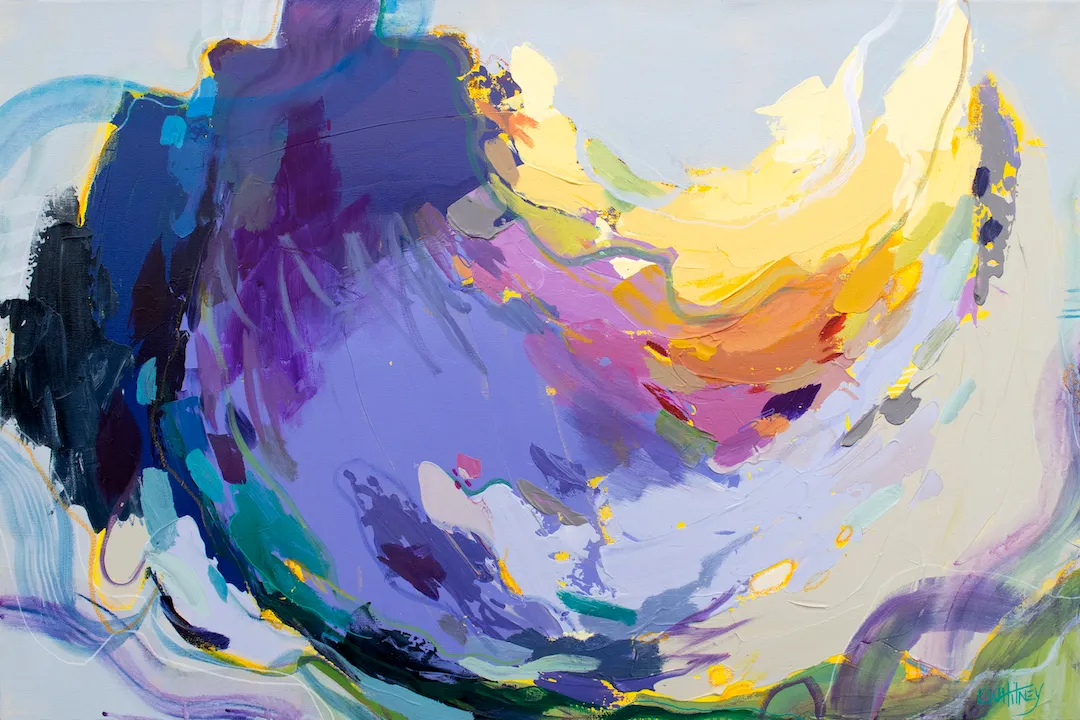
Comments